A Meaningful Journey
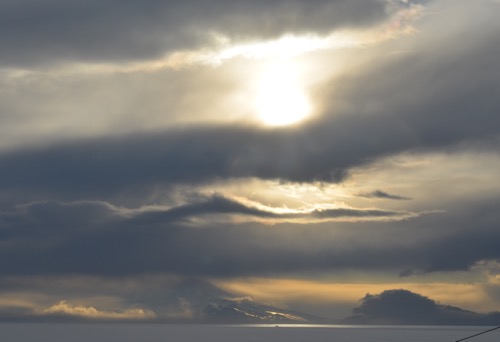
Antarctica is so different from anywhere else I have been, that the moment I left the continent, it felt as if I had never been there. As I watched the sky outside the small window of the L-100 darken, my memories of Antarctica also changed and felt like a dream. I am left with photographs to prove that I have visited a place so pristine that it feels spiritual.
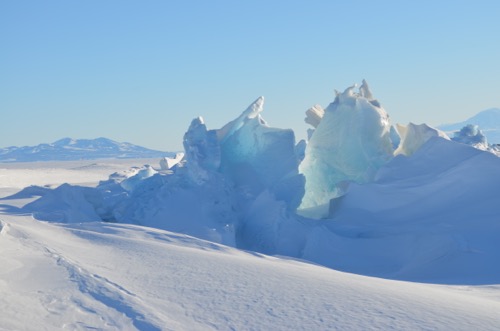
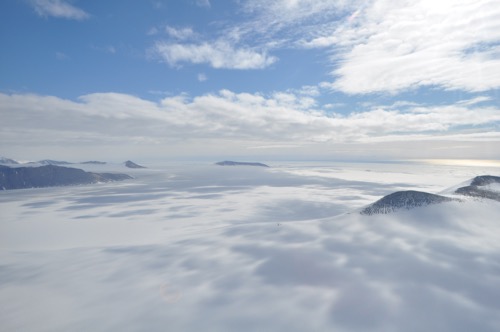
There have been many moments when Antarctica's beauty arrested my thoughts or work and caused me to stop and soak in a view. I contemplated how unique Antarctica is and how grateful I am to have been there. McMurdo Station can be a busy place, but there are enough moments and glimpses of Antarctica's beauty to last a lifetime.
Through the Eyes of Human Impacts
I did not travel to Antarctica just to take in the views. Moments of joy also erupted from immersing myself in the science there. I appreciate the ability to return with my research team, because I have been able to look at McMurdo Station through the lens of human impacts. Through this view I can better understand the challenges the U.S. faces in trying to limit the degree of human impacts at the station. Whether it is a footprint in the dry valleys or burning fuel for warmth or transport, it is impossible to visit Antarctica and study polar science without impacting the environment. We have and continue to try to limit those impacts, as proven by my research team through their data.
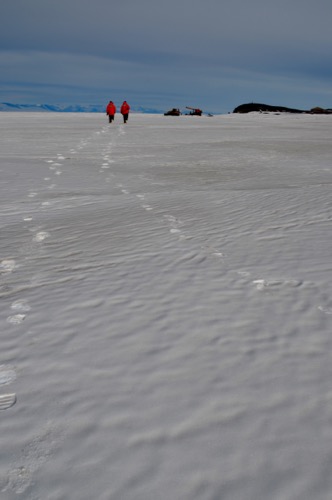
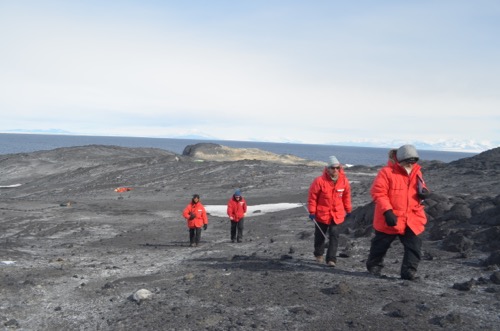
My Science Family
I feel very lucky to be part of Team B-518. This research team has become my family in Antarctica and I feel at home with the team. When I left the team in 2011, I had hoped to stay in touch and continue working with them. Now, leaving again, I know I have life-long friends and am confident we will stay in touch and collaborate.
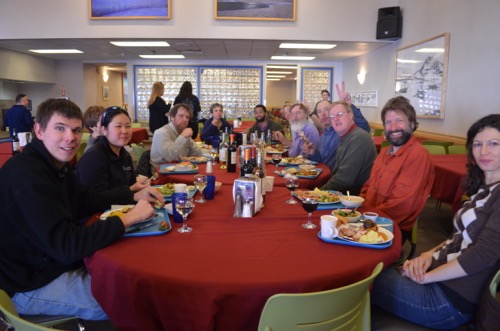
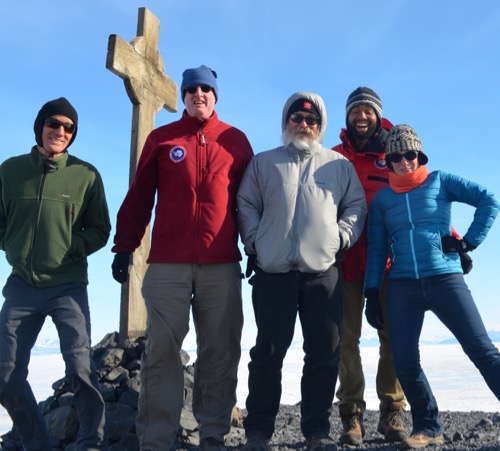
Science of All Kinds
Besides having a much deeper understanding and appreciation for the work my research team does, I also learned about lots of other science projects occurring at the bottom of the world. Working with Amanda Kelley and helping her investigate the respiration rates of sea urchin larvae gave me a better perspective on microbiology. I rarely have insight into the rigorous methodology scientists employ to yield trust-worthy results. Seeing Amanda read through pages of detailed procedures and the techniques her project used to address human or mechanical error deepened my respect and understanding of the practice of science.
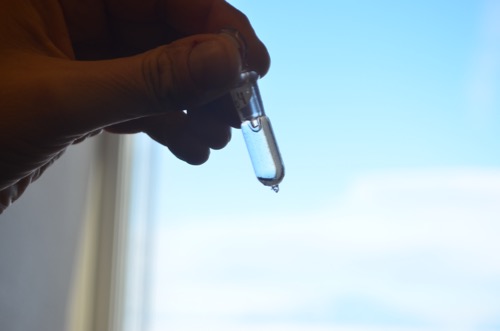
Spending time with the SIMPLE team as it launched its robot was thrilling and a testament to how much work goes into projects. I also befriended scientists studying Weddell Seals, sea spiders, meteorology, pteropods, the TransAntarctic Mountains, and even gravity. Each group was eager to share their work and patient as I asked questions. McMurdo Station is a rare place where a science teacher can have dinner with scientists from so many different disciplines and learn about the forefronts of polar science research.
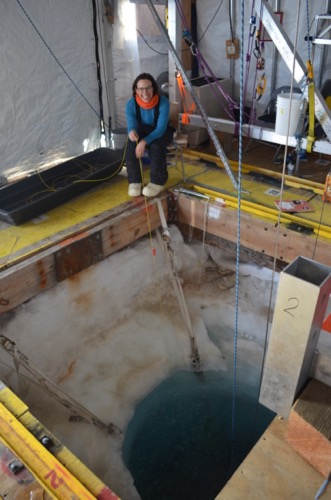
Family
When I went to Antarctica in 2011, it changed my life. Adventure and opportunities felt more possible and I understood how important it is to infuse discussions about climate change as well as cutting-edge, exciting topics in science (which is easily found in Antarctica) into my science teaching. When I was invited to return as an alumni this year, I wasn't sure how the experience would affect me. It has been challenging to leave my daughter and husband and there have been times when I wished I was with them despite being in such a beautiful place and doing important work. However, this experience has allowed me to see how much I value both family and science. In Antarctica, I have met parents who are polar scientists and although they also struggle with leaving family behind, they navigate those difficulties so they can contribute to important advances in their science field. In particular, I find myself looking up to the women and mothers who are scientists in Antarctica. As they have helped me re-define what is possible for myself, I hope I, too, can be a role model to my own daughter.
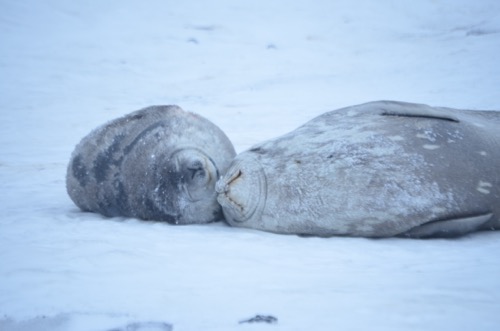
My journey is over and I am grateful to be home. But I return with a sense of possibility about my future and confidence that my path, whatever it may be, is not set in stone. Thank you to my supportive family, friends, PolarTREC, the NSF, Andrew, Terry, Steve and Carl, and especially to the teachers, students and public who have followed my adventure!
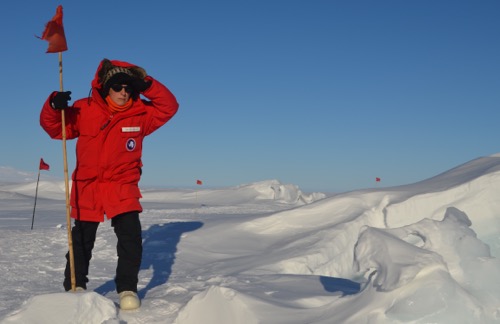
- < prev
- 36 of 36

Comments